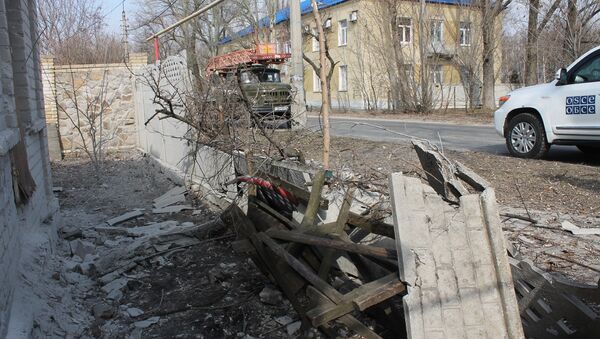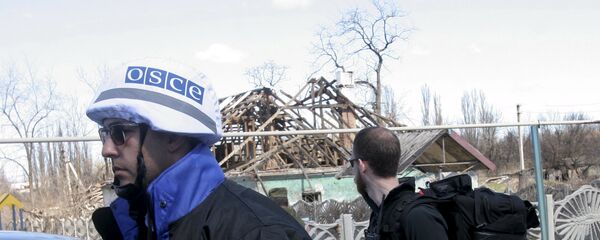"It is important to recall that, from what we hear, they have more than 300 tonnes of liquefied chlorine stored in a pressured tank. This is why it is of utmost importance that this is considered a place that should not fall under attack," Michel Saad said.
Saad noted that adverse weather, such as northeast winds, could place 400,000 people in danger of suffocation if the pressurized tank leaks liquefied chlorine, which he said would immediately turn into a toxic cloud of gas.
The ICRC proposed in February to create safety zones in Donbass to protect vital infrastructure, such as water, gas and electricity plants. ICRC President Peter Maurer stressed these zones must be agreed on by all parties of the conflict, either directly or through a neutral mediator like the ICRC.
ICRC’s Saad said in the interview that safety zones should be extended to the Verkhnekalmiusskaya water treatment plant, the Donetsk Filtration Plant and the associated network of pipelines as well as water pumps near the towns of Kamenka and Kirovo.
The conflict in eastern Ukraine has been raging on since 2014 when local residents refused to recognize a government in Kiev that seized power in what they perceived to be a coup. A trilateral contact group – Russia, Ukraine and the Organization for Security and Co-operation in Europe (OSCE) – brokered a truce on Wednesday that will cover the harvest from June 24 until August 31.



